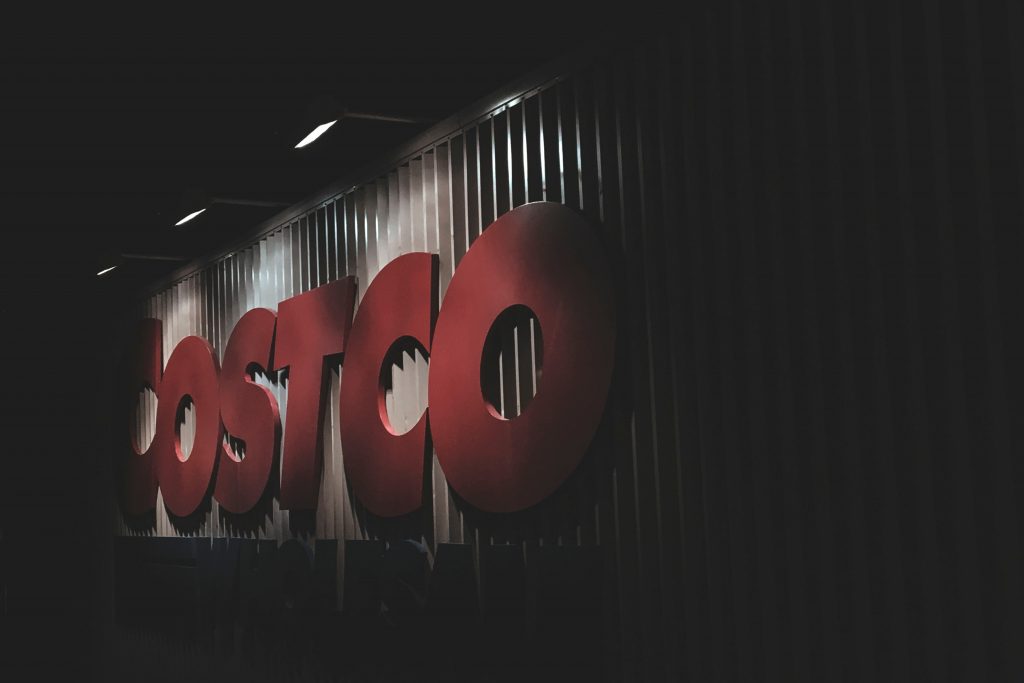It’s easy to put off a tech upgrade when things still technically work. Maybe your systems aren’t flashy, but they haven’t crashed lately. Maybe your website is a little slow, but it still loads eventually. Maybe your tools are a bit clunky, but your team knows how to work around them. The problem is, those small inefficiencies stack up—and for startups, that silent drain on time, money, and credibility can be the difference between scaling and stalling.
In the early stages of building a business, tech decisions often come down to budget. You use what you can afford, cut a few corners, and promise yourself that you’ll upgrade later. But later rarely comes on its own. And while you’re waiting, your outdated tech could be quietly costing you far more than an upgrade ever would. Let’s walk through the ways this shows up—especially for startups that are trying to move fast but are weighed down by yesterday’s tools.
Did You Start Smart—Or Just Start Cheap?
The modern startup story often begins in a kitchen, a basement, or a spare bedroom. And there’s no shame in that. Some of the most successful companies in the world started with little more than Wi-Fi, caffeine, and a dream. If you’re trying to start a brand from home, the tools you choose at the beginning can either support your growth or hold it back the minute momentum kicks in.
Early tech decisions often feel harmless—free versions of software, basic web templates, slow but inexpensive hosting. But as soon as your customer base grows or you bring on a team, those choices start to show their cracks. Slow systems, compatibility issues, and limited functionality don’t just frustrate you—they frustrate your users, too. And when customers run into problems, they don’t wait for you to fix them—they move on. The point isn’t to start big—it’s to start smart.
Websites Should Drive Growth, Not Drag You Down
Your website is often the first, last, and only impression someone gets of your business. That makes it one of your most valuable tools—and one of your most dangerous liabilities if it’s outdated. Old templates, unresponsive layouts, or bloated backend systems can slow everything down. And when your site is slow, confusing, or unreliable, people won’t stick around to see what you’re offering.
That’s why savvy startups look to headless websites instead of traditional development options. Instead of tying your front-end and back-end together in one rigid structure, a headless setup gives you the flexibility to deliver faster, cleaner, and more scalable user experiences. This kind of setup is especially valuable for startups that need agility—because it allows you to make content changes, integrate tools, and optimize performance without needing to rebuild the entire site.
Startups that partner with the right experts to create headless sites often find that it’s not just about speed—it’s about freedom. Freedom to grow without crashing. Freedom to update without fear.
Your Tools Might Waste More Time Than They Save
The whole point of business tech is to save time, not create more work. But if your internal tools are outdated, chances are your team is spending hours each week on things that should be automated, streamlined, or eliminated altogether. Whether it’s clunky spreadsheets, outdated CRMs, or legacy systems that require five steps to do one simple task, every inefficiency adds up.
And it doesn’t just cost you in labor. It also saps morale. When employees feel like they’re fighting their tools instead of using them, frustration rises. Work slows down. Errors creep in. Good people start to leave. Suddenly, what looked like a “cost-saving” decision to delay a tech upgrade becomes an expensive problem in lost productivity, turnover, and missed opportunities.
Modern tools are designed to connect, communicate, and scale. If your team is still toggling between systems that don’t sync or patching together workflows with copy-and-paste fixes, it’s time to reassess. Outdated tech doesn’t just delay your processes—it delays your progress.
Don’t Treat Security as an Afterthought
Startups tend to focus on speed, growth, and product—but security is often the elephant in the server room. If your systems are outdated, you’re not just risking performance. You’re risking your customer data, your intellectual property, and your hard-earned trust. Old platforms don’t get updates. Old plugins don’t get patches. And hackers know exactly which vulnerabilities to look for.
One breach—just one—can destroy years of brand-building in a single news cycle. And the cleanup isn’t just technical. It’s financial, legal, and reputational. The worst part? It’s preventable. Modern technology isn’t just faster—it’s safer. The latest infrastructure tools often come with built-in compliance support, real-time monitoring, and the kind of layered security that’s hard to fake. Protecting your business isn’t just about firewalls. It’s about having the right systems in place so that when the unexpected happens, you’re ready—not scrambling.


